


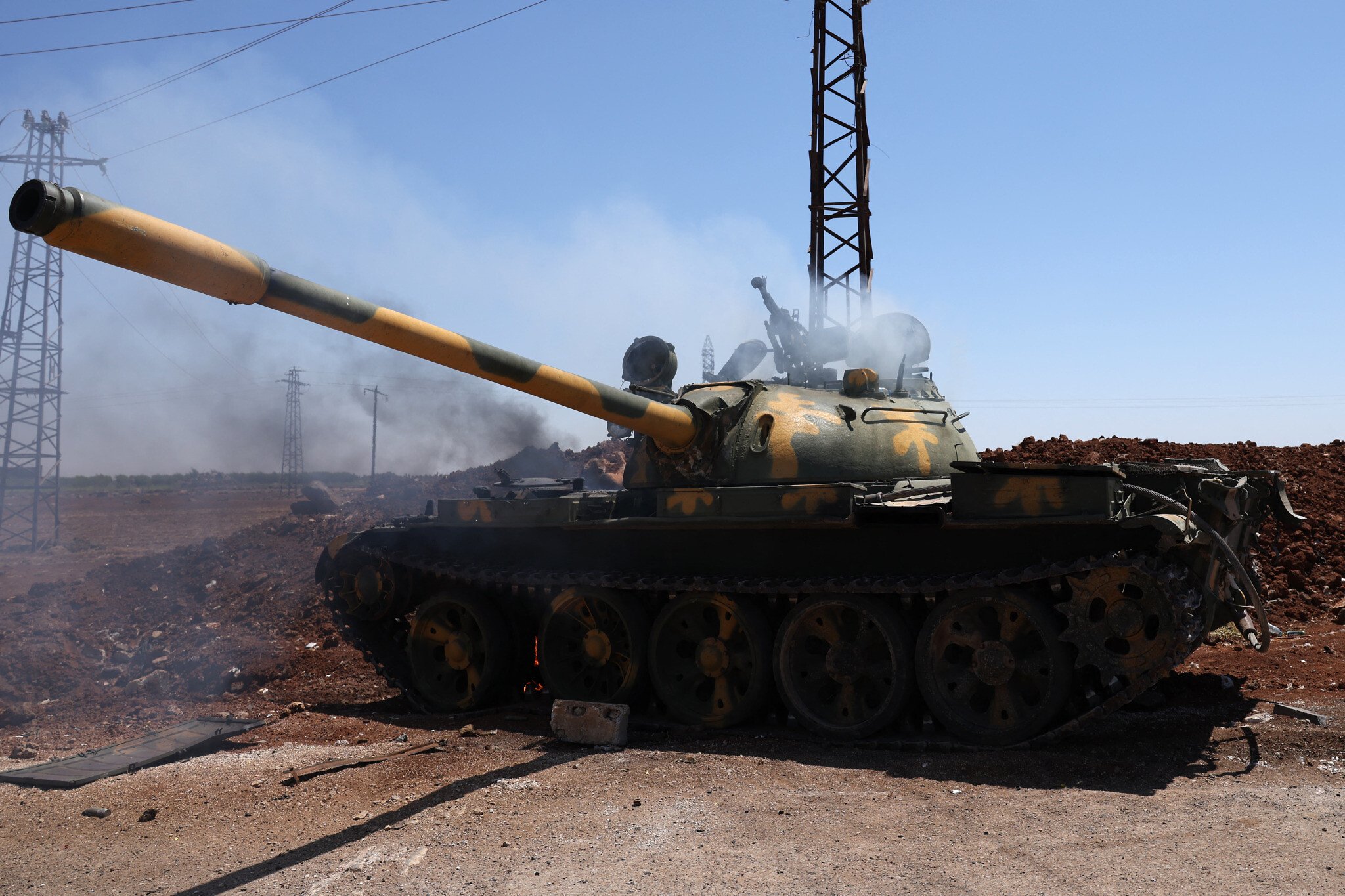
The Israeli military on Monday carried out a strike against several tanks near the southern Syrian village of Sami’, in the Sweida area, where Syrian government forces and Bedouin tribes have clashed with Druze militias in recent days. It said the move was aimed at protecting the Druze and thwarting any threat to Israel.
The military released footage of the strike, and said the tanks were struck after they were identified heading toward Sweida, and that “the IDF struck the tanks to prevent their arrival to the area.”
The footage indicated that a small munition was launched from an Israeli Air Force drone in the strike, to “disrupt” the arrival of the tanks in the area. There were no reports of injuries in the incident.
“The presence of these assets in southern Syria may pose a threat to the State of Israel. The IDF will not allow the establishment of a military threat in southern Syria and will operate against it,” the statement said, adding that “the IDF continues to monitor the developments in the area.”
The strike marks an apparent rare occurrence of Israel striking military forces of Syria’s new government. Israeli officials have said that they seek to completely demilitarize the southern Syria area, and not allow any armed groups to enter it and gain a foothold, including those of the new Syrian government.
Hours after the strike, Defense Minister Israel Katz said its purpose was to send “a message and a clear warning to the Syrian regime. We will not allow harm to the Druze in Syria.”
“Israel will not stand idly by,” he added.
In the same area, there have been deadly clashes between Bedouin tribes and Druze fighters in recent days. Israel has previously vowed to protect members of Syria’s Druze community.
Dozens of people have been killed in the fighting, and government security forces that were sent to restore order Monday also clashed with local armed groups.
Syria’s Interior Ministry has said more than 30 people have died and nearly 100 others have been injured. The Syrian Observatory for Human Rights, a UK-based war monitor, reported at least 89 dead, including two children, two women, and 14 members of the security forces.
The clashes in Syria initially broke out between armed groups from the Druze and Sunni Bedouin clans, the observatory said, with some members of the government security forces “actively participating” in support of the Bedouins.
Rami Abdurrahman, who heads the observatory, said the recent conflict started with the kidnapping and robbery of a Druze vegetable seller, leading to tit-for-tat attacks and kidnappings.
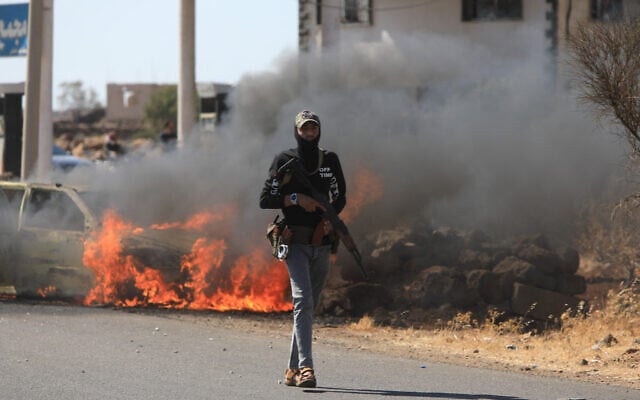
Interior Ministry spokesperson Noureddine al-Baba said government forces entered Sweida in the early morning to restore order.
“Some clashes occurred with outlawed armed groups, but our forces are doing their best to prevent any civilian casualties,” he told the state-run Al-Ikhbariya TV.
The Interior Ministry described the situation as a dangerous escalation that “comes in the absence of the relevant official institutions, which has led to an exacerbation of the state of chaos, the deterioration of the security situation, and the inability of the local community to contain the situation despite repeated calls for calm.”
UN Deputy Special Envoy for Syria Najat Rochdi expressed “deep concern” over the violence and urged the government and local groups to “take immediate steps to protect civilians, restore calm, and prevent incitement.”
She said in a statement the clashes underscored the “urgent need for genuine inclusion, trust-building, and meaningful dialogue to advance a credible and inclusive political transition in Syria.”
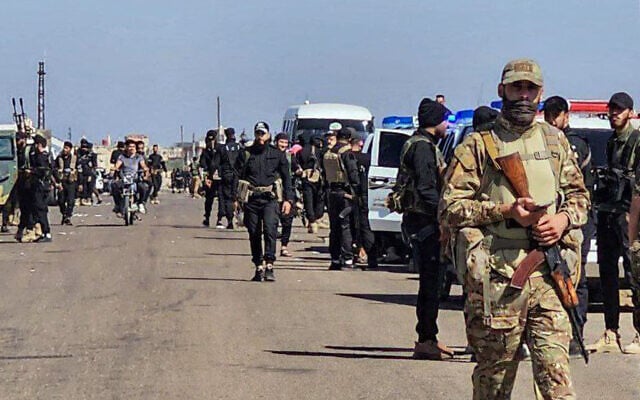
Since the overthrow of longtime Syrian ruler Bashar al-Assad, concerns have been raised over the rights and safety of minorities under the new Islamist authorities, who have also struggled to re-establish security more broadly.
Clashes between the new security forces and Druze fighters in April and May killed dozens of people, with local leaders and religious figures signing agreements to contain the escalation and better integrate Druze fighters into the new government.
In May, Israeli forces struck a site near the presidential palace in Damascus, in what was seen as a warning to Syrian interim President Ahmad al-Sharaa.
The strike came after dozens were killed in fighting between pro-government gunmen and Druze fighters earlier this year in the town of Sahnaya and the Druze-majority Damascus suburb of Jaramana.
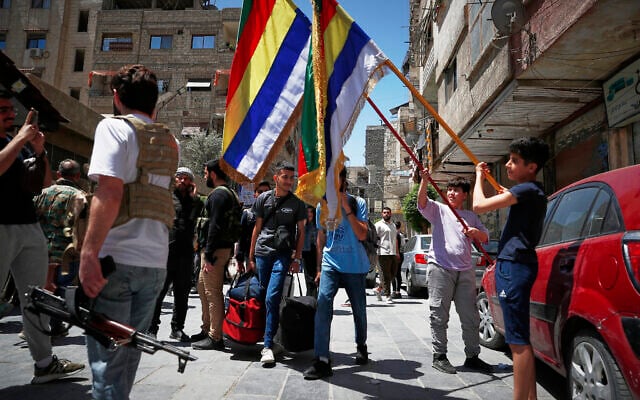
Prime Minister Benjamin Netanyahu and Defense Minister Katz said in a statement at the time that Israel “will not allow the deployment of (Syrian government) forces south of Damascus or any threat to the Druze community.”
At the time, an IDF helicopter also ferried humanitarian aid to Syrian Druze in the Sweida area.
Over half of the roughly 1 million Druze worldwide live in Syria. Most other Druze live in Lebanon and Israel, including in the Golan Heights, which Israel captured from Syria in the 1967 Mideast War and annexed in 1981.
Israel is home to some 150,000 Druze and has vowed to protect their “brothers” in Syria.
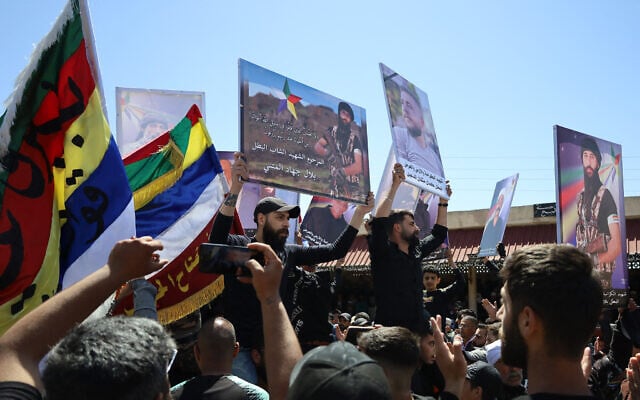
While many Druze in Syria have said they do not want Israel to intervene on their behalf, factions from the Druze minority have also been suspicious of the new authorities in Damascus after former Assad fled the country in December during a rebel offensive led by Sunni Islamist insurgent groups.
A group led by Sheikh Hikmat Al-Hijri, a Druze spiritual leader who has been opposed to the new government in Damascus, on Monday issued a statement calling for “international protection” and accused government forces and General Security agency of “supporting takfiri gangs” — using a term for extremist Sunni militants.
Following the December overthrow of Assad, Israel sent troops into the United Nations-patrolled buffer zone that separated opposing forces on the strategic Golan Heights, from which it had conducted forays into southern Syria.
Immediately after Assad’s ouster, Israel also carried out hundreds of airstrikes in Syria to prevent key military assets from coming under the control of the new administration.
